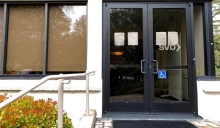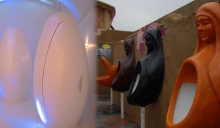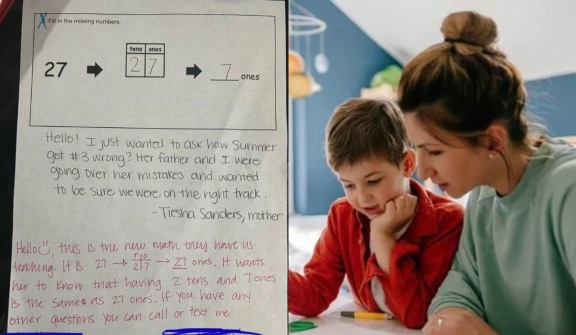
A recent math question aimed at six-year-olds has left both parents and adults scratching their heads. A mother shared a photo of her daughter's homework, which required filling in missing numbers.
Surprisingly, the child's answer was marked incorrect, leading to confusion and debate about the question's structure and validity.

The question was shared by a mother on her personal Facebook page, and it resulted in her child being told that her answer was incorrect.
The math homework, belonging to a first-grade student, required filling in two boxes.
One box was labeled "tens" and the other "ones" for the number '27'. The child filled in the "tens" column with a two and the "ones" column with a seven.
However, when the question was marked as wrong, the mother, Tiesha, was left perplexed and decided to reach out to her child's teacher for clarification.
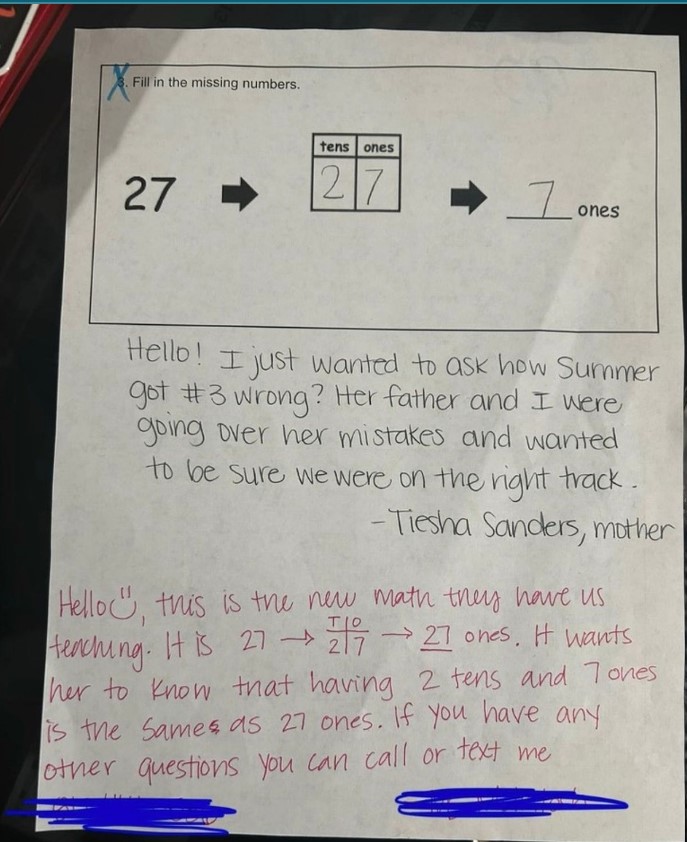
On the homework sheet, she wrote, "Hello, I just wanted to ask how Summer got question number 3 wrong. Her father and I reviewed her mistakes and want to make sure we are on the right track."
In response, the teacher provided a drawing of the correct answer, explaining that the new math curriculum emphasized understanding that having two tens and seven ones is equivalent to 27 ones.
Tiesha, who had previously worked as a primary school teacher for six years, expressed her disagreement with this new teaching method, stating, "This new math is NOT it."
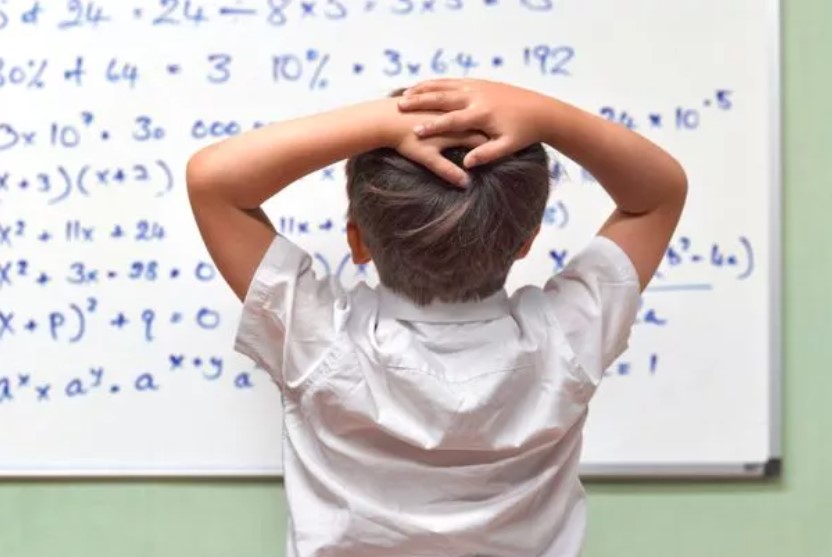
Many individuals sympathized with her concerns regarding the marking of the question. Several people pointed out flaws in the structure of the question itself.
They questioned the logic of having boxes labeled "tens" and "ones" and only asking for the "ones."
The question seemed to set the students up for failure.
Suggestions were made that the arrows should have been replaced with equal signs to indicate that all the components were equal.

This incident has sparked a debate among parents and educators regarding the effectiveness of this new teaching approach.
Tiesha's experience as a former teacher adds weight to the discussion, as she questions the validity of this particular method.
The math question, intended for six-year-olds, has proven to be challenging not only for children but also for adults, highlighting the importance of providing clarity and consistency in educational materials.
